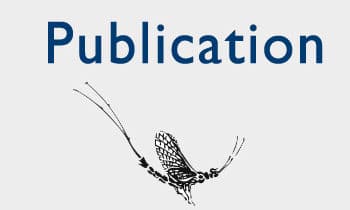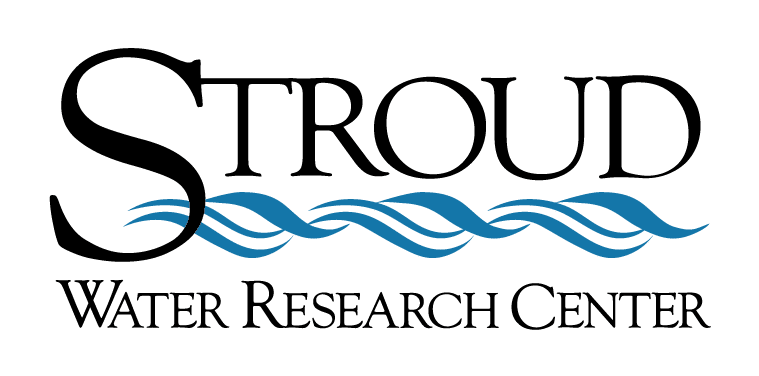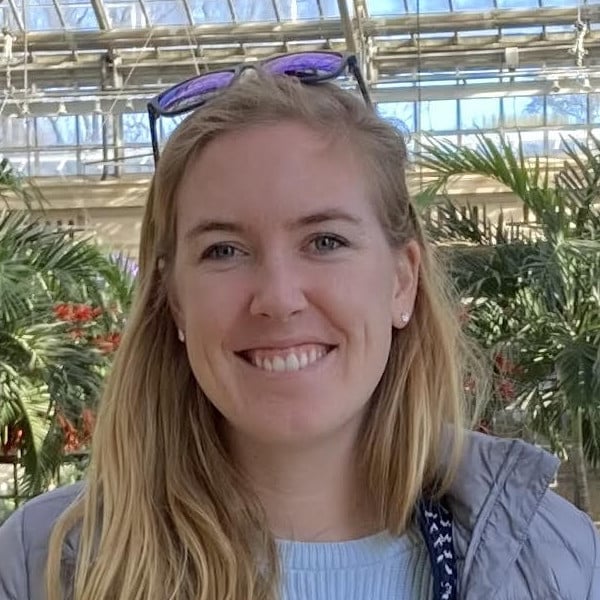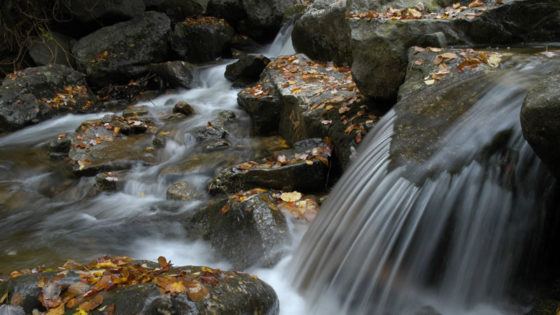The Fluvial Geomorphology Group studies the movement of water, sediment, organic matter, nutrients and other molecules through watersheds to better understand watershed hydrology, geomorphology, and biogeochemistry. We also investigate how watershed land use and river channel restoration practices influence hydrologically mediated processes such as surface-groundwater interaction, sediment transport, and channel evolution.
Fluvial Geomorphology Staff
Fluvial Geomorphology News

To achieve the Clean Water Act’s goals, prioritize upstream ecology
Ensign, S.H., D.B. Arscott, M. Daniels, C. Dow, J.K. Jackson, D. Oviedo-Vargas, and M. Peipoch. 2024. Water Resources IMPACT 26(3): 19–21.

Agricultural soil microbiomes differentiate in soil profiles with fertility source, tillage, and cover crops
Bier, R.L., M. Daniels, D. Oviedo-Vargas, M. Peipoch, J.R. Price, E. Omondi, A. Smith, and J. Kan. 2024. Agriculture, Ecosystems & Environment, early online access.

Agricultural practices influence soil microbiome assembly and interactions at different depths identified by machine learning
Mo, Y., R. Bier, X. Li, M. Daniels, A. Smith, and J. Kan. 2024. Microbiome, early online access.

Achieving success with RISE: A widely implementable, iterative, structured process for mastering interdisciplinary team science collaborations
Mather, M.E., G. Granco, J.S. Bergtold, M.M. Caldas, J.L. Heier Stamm, A.Y. Sheshukov, M.R. Sanderson, and M.D. Daniels. 2023. BioScience 73(12): 891–905.

Stroud Center Presents New Research to World’s Largest Group of Earth and Space Scientists
We shared our work with the broader scientific community, were inspired by the work of others, and mentored the next generation of freshwater scientists.

Facilitation strength across environmental and beneficiary trait gradients in stream communities
Tumolo, B.B., L.K. Albertson, M.D. Daniels, W.F. Cross, L.L. Sklar. 2023. Journal of Animal Ecology 92(10): 2005–2015.




